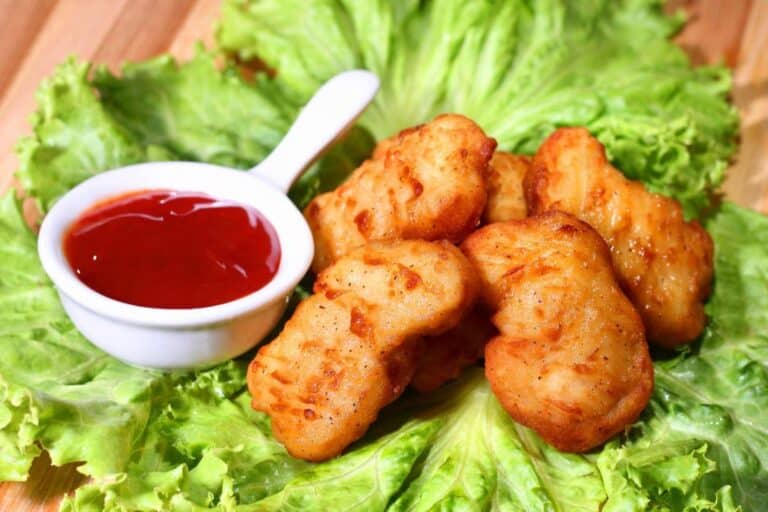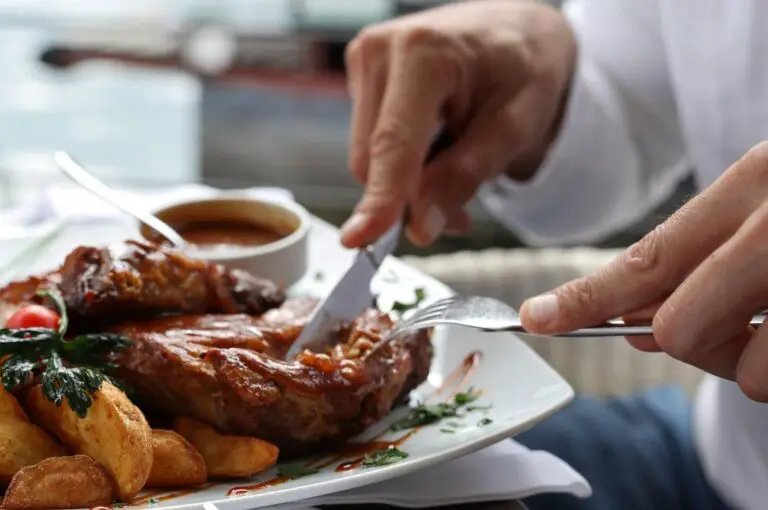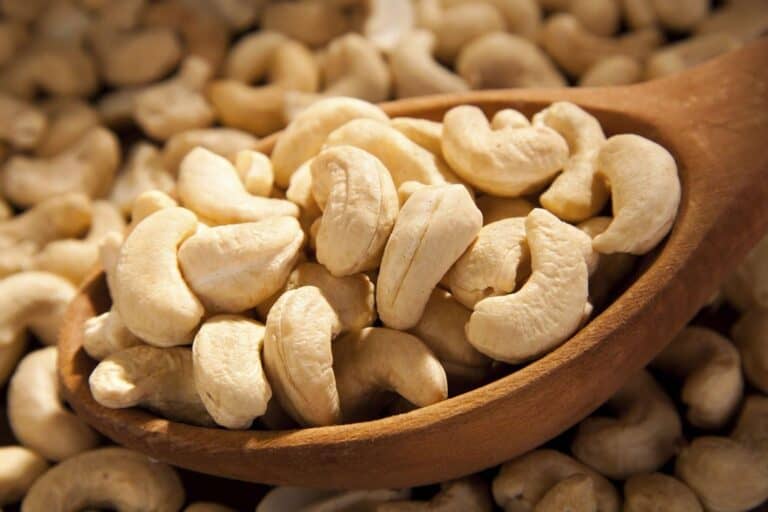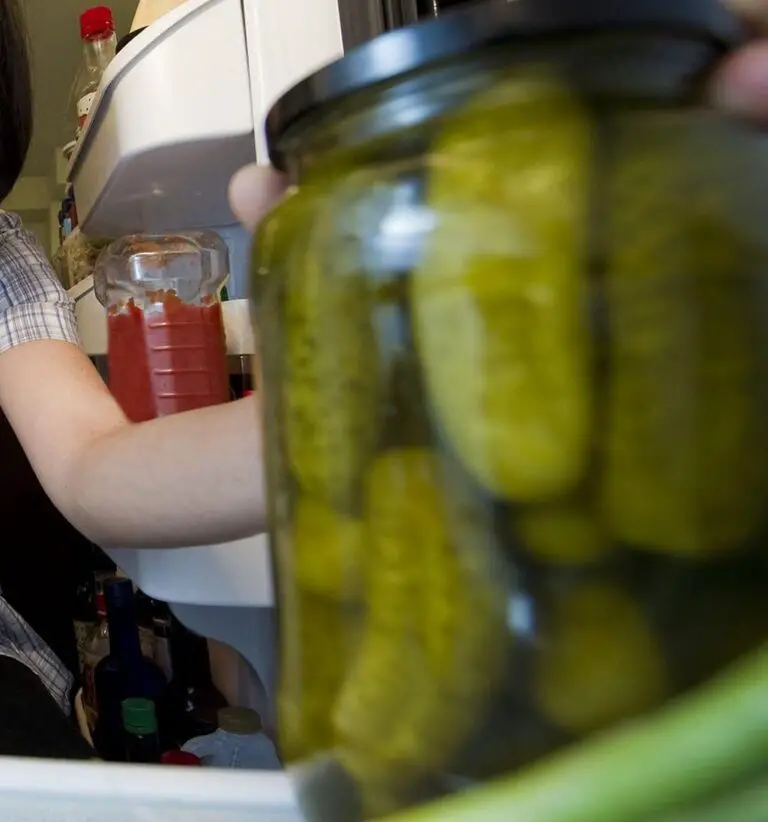What Are Beef Trimmings? Guide to Understanding Meat Trimmings
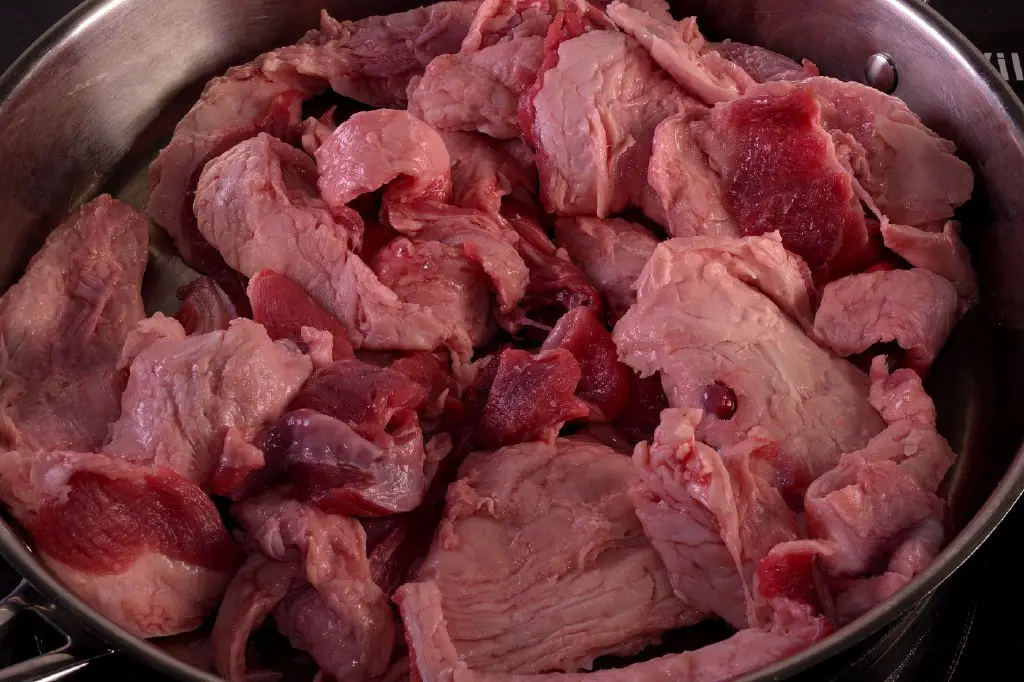
Have you ever wondered what happens to the pieces of meat left over after steaks, roasts, and other cuts have been made? Those pieces of meat are called beef trimmings, and they are actually used for a lot of different culinary purposes.
While many people are familiar with ground beef, they may not realize that it is often made from beef trimmings. In this article, we will take a closer look at beef trimmings and their various uses, from ground beef to sausages and more.
Understanding what are beef trimmings can be important for anyone who wants to learn more about meat production and the various cuts of beef. Even if you are not a meat expert, knowing more about beef trimmings can help you make better choices when buying beef products and cooking with beef.
What Are Beef Trimmings?
Beef trimmings are an important part of the meat industry, often used to make ground beef, which is a staple in many households. These trimmings are made up of the remaining pieces of meat that cannot be used for other cuts, such as steaks and roasts. While they may not be as visually appealing as other cuts, they are still edible and can be used in a variety of dishes.
In addition to ground beef, beef trimmings can also be used to make boneless lean beef trimmings (BLBT) and finely textured beef (LFTB). These products are similar but use different treatments to ensure safety. While some controversy has surrounded these producttg in the past, they are still a widely used ingredient in many processed foods.
Beef trimmings are a versatile ingredient in the kitchen. They can be used to make soups, stews, tacos, and many other dishes. They can also be rendered into beef fat, which can be used for cooking and frying.
While some may be hesitant to use beef trimmings due to their association with processed foods, they can be a cost-effective and sustainable way to use all parts of the animal. When properly handled and cooked, beef trimmings can be a delicious and nutritious addition to a variety of meals.
Sources of Beef Trimmings: What Cuts and Grades are Used
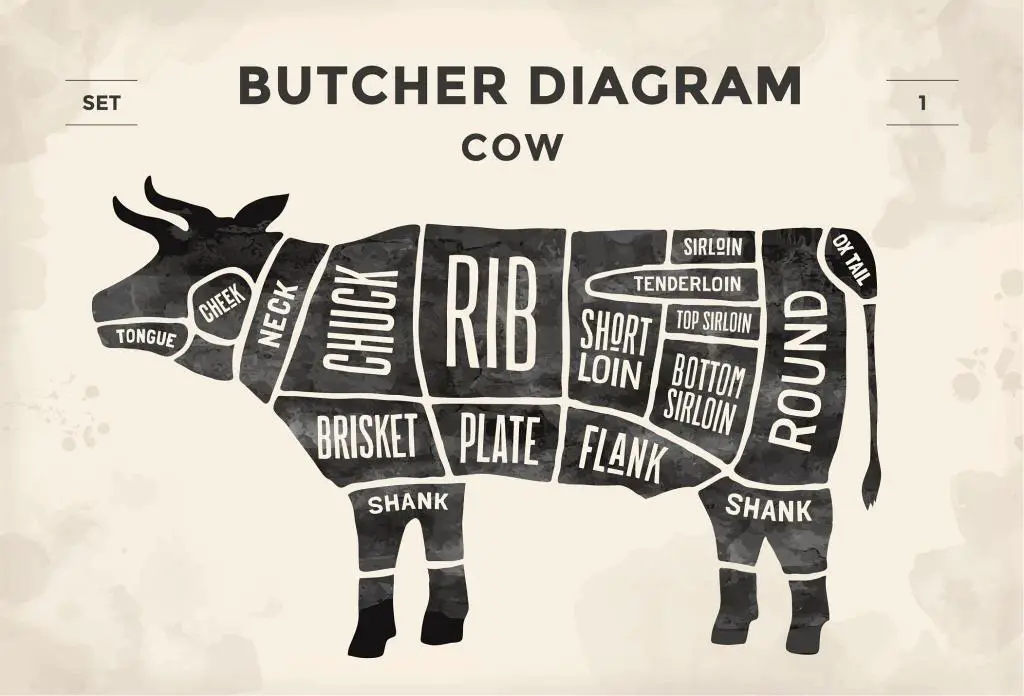
Beef trimmings come from various parts of the beef, and the cuts and grades used can depend on many factors, including the specific needs of the consumer, market trends, and even the time of year.
Most of the time, beef trimmings come from the less desirable cuts of meat that were cut off the animal when it was butchered. These cuts include the neck, flank, and shank, among others. Trimmings are also produced during the process of breaking down larger cuts of meat, such as the beef chuck or beef round.
The grade of the beef trimmings used can vary as well, depending on the intended use.
- Lower grade trimmings are often used in ground beef and other processed meat products, as they are cheaper and can help reduce the overall cost of the finished product.
- Higher grade trimmings, on the other hand, may be used in more premium products, such as gourmet sausages or dry-aged beef. In some cases, the specific grade of beef trimmings used may be indicated on the packaging of the finished product.
The sources of beef trimmings can also vary depending on the region and country of origin. Some countries, such as the United States, have regulations in place that dictate which parts of the animal can be used as trimmings, and how they must be processed and handled to ensure food safety.
Some producers may choose to use specific breeds of cattle or specific feeding methods to create beef trimmings with certain characteristics, such as marbling or tenderness. Regardless of the source or grade of the beef trimmings used, they can be a valuable ingredient for a wide range of dishes, from classic meatloaf to elevated gourmet meals.
Culinary Uses of Beef Trimmings: From Homemade Ground Beef to Sausages
Beef trimmings are versatile ingredients that have many culinary uses. One of the most common uses of beef trimmings is to make homemade ground beef. Many home cooks prefer to make their own ground beef because they can control the fat content and the quality of the meat.
To make ground beef, beef trimmings are typically ground through a meat grinder or food processor. This process produces a coarser texture than store-bought ground beef and can add more flavor to dishes such as meatballs, burgers, and tacos beel beef.
In addition to ground beef, beef trimmings are also used in the production of sausages. They are often blended with other cuts of meat and spices to create a unique flavor profile. Sausages made with beef trimmings can range from mild to spicy, and are often served with a variety of toppings and condiments.
Another culinary use of beef trimmings is rendering the fat for cooking purposes. Beef fat, also known as tallow, has a high smoke point and can be used for frying, sautéing, and roasting. It can also be used as a spread for bread or as a flavor enhancer in dishes such as mashed potatoes.
Rendering beef fat from beef trimmings is a simple process that involves heating the fat over low heat until it melts and separates from any impurities.
Overall, beef trimmings are a versatile ingredient that can be used in a variety of culinary applications. From homemade ground beef to sausages and rendered beef fat, beef trimmings are a budget-friendly and flavorful way to add depth and complexity to many dishes.
Food Safety and Handling of Beef Trimmings
When it comes to beef trimmings, food safety and proper handling is of utmost importance. Trimmings are typically considered to be higher risk compared to larger cuts of meat, as they have more surface area exposed to air and are often ground or chopped, which can increase the likelihood of bacterial contamination. As a result, please follow proper food safety guidelines when handling and cooking beef trimmings to reduce the risk of foodborne illness.
One of the most important things to keep in mind when handling beef trimmings is to ensure that they are kept at a safe temperature at all times. This means that trimmings should be stored in a refrigerator or freezer, and thawed in the refrigerator or in cold water, not at room temperature. Trimmings should also be cooked to the appropriate internal temperature to kill any harmful bacteria that may be present.
Another important aspect of handling beef trimmings is ensuring that all surfaces and utensils that come into contact with the trimmings are properly cleaned and sanitized. This includes cutting boards, knives, and any other tools used during the preparation and cooking process. Additionally, it’s important to practice good personal hygiene, such as washing your hands frequently, to prevent cross-contamination.
WARNING
It’s important to be aware of any recalls or other food safety concerns related to beef trimmings. If you’re unsure about the safety of a particular batch of trimmings, it’s best to err on the side of caution and discard them. By taking these precautions and following proper food safety guidelines, you can help ensure that your meals are both delicious and safe to eat.
Conclusion
As we near the end of this guide on what are beef trimmings, it’s clear that these small but important pieces of meat play an important role in the food industry. From their varied sources and grades to the risks and precautions associated with their handling, there’s a lot to know about beef trimmings. Whether you’re a professional chef, a home cook, or simply a beef lover, it’s important to understand the role that trimmings play in the food we eat.
By being informed about the various cuts and grades of beef trimmings, you can make more informed decisions when purchasing meat and selecting recipes. Additionally, by following proper food safety guidelines when handling and cooking beef trimmings, you can help ensure that your meals are both delicious and safe to eat.
Overall, beef trimmings may seem like a small and overlooked part of the meat industry, but they are an essential ingredient in many of our favorite dishes. With this guide, you can gain a better understanding of what beef trimmings are, where they come from, and how to handle them safely, and you can use this knowledge to make your meals even more delicious.

